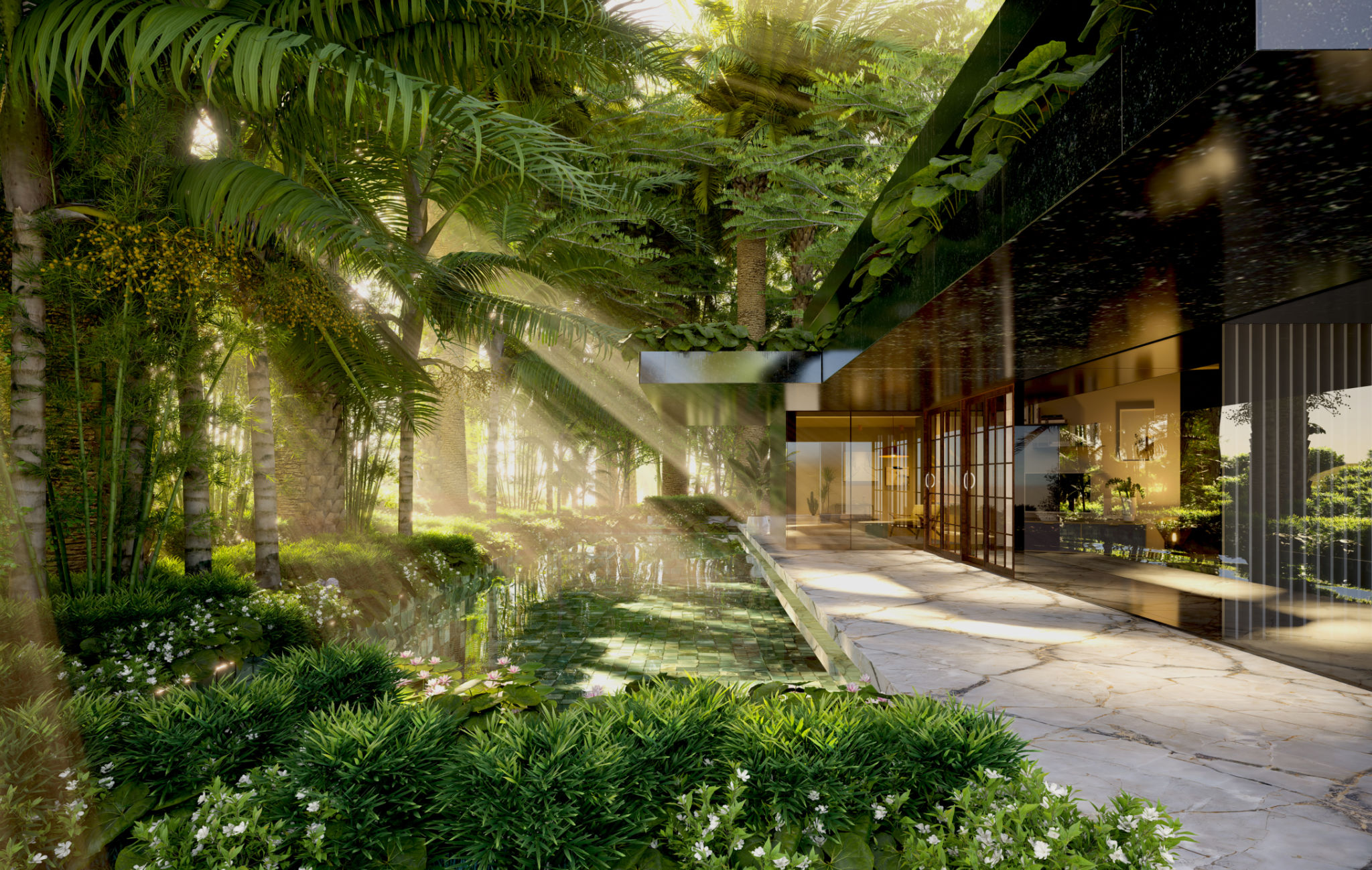Expert Tips on Modernizing Homes in Tropical Climates
AA
Understanding the Tropical Climate
Modernizing homes in tropical climates requires a unique approach due to the distinct weather patterns characterized by high humidity, intense sunlight, and frequent rainfall. These elements can significantly impact the choice of materials, design, and technology used in the modernization process. It's essential to understand these climatic conditions to make informed decisions that enhance comfort and efficiency.
One key factor to consider is the temperature range. Tropical climates often experience minimal temperature variation, which means that homes need to be designed to optimize natural cooling and minimize heat absorption. This can be achieved through strategic orientation, shading devices, and materials that reflect rather than absorb heat.

Choosing the Right Materials
When modernizing a home in a tropical climate, selecting the appropriate materials is crucial. Durability against moisture and heat should be a top priority. Materials such as concrete, brick, and treated wood are excellent choices as they withstand the elements effectively. Additionally, incorporating natural materials like bamboo and rattan can add an aesthetic appeal while maintaining sustainability.
It's also beneficial to use light-colored materials for roofing and external walls. These colors reflect sunlight, helping to keep indoor spaces cooler. Moreover, investing in high-quality insulation can prevent heat from entering the home, thus reducing reliance on air conditioning systems.
Emphasizing Ventilation and Airflow
Proper ventilation is imperative in tropical homes to ensure a comfortable living environment. Incorporating features that enhance natural airflow can significantly reduce humidity levels indoors. This includes designing open floor plans and using louvered windows or large sliding doors that allow for cross-ventilation.

Ceiling fans are another effective way to improve air circulation without the high energy costs associated with air conditioning. Placing fans strategically throughout the home can help maintain a pleasant breeze and distribute cool air evenly.
Incorporating Smart Technology
Integrating smart technology into home design can greatly enhance the efficiency and convenience of modern tropical living. Smart thermostats, for instance, allow homeowners to optimize cooling systems based on real-time temperature readings, ensuring energy is not wasted when it's not needed.
Additionally, installing automated blinds or shades can help manage sunlight exposure throughout the day, keeping interiors cooler while protecting furnishings from UV damage. These technologies not only improve comfort but also contribute to energy savings in the long run.

Sustainable Landscaping Practices
The outdoor environment plays a significant role in the comfort and aesthetic of tropical homes. Implementing sustainable landscaping practices can mitigate heat and provide natural shade. Planting native trees and shrubs strategically around the property can create a microclimate that keeps surroundings cooler.
Moreover, using permeable paving materials for driveways and walkways can prevent waterlogging during heavy rains. Incorporating rainwater harvesting systems is another sustainable practice that ensures efficient water use while providing a reliable source for irrigation.
Conclusion
Modernizing homes in tropical climates involves a careful balance of material selection, design principles, and technological integration. By understanding the unique challenges posed by these environments and employing expert strategies, homeowners can create comfortable, energy-efficient living spaces that embrace the beauty and challenges of tropical living.
